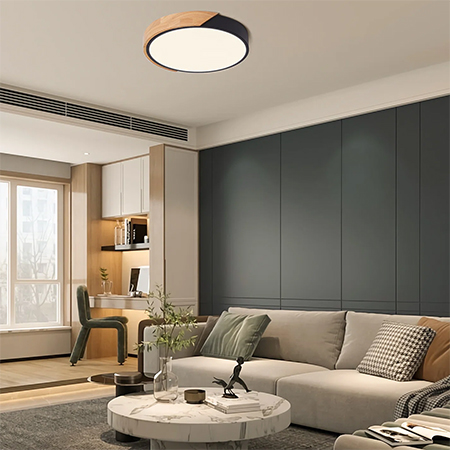Understanding LED Lighting and Its Many Benefits
LED [light emitting diode] is the future of lighting and is the energy-efficient solution for the future.
25/08/2023
The demise of the incandescent light bulb has given way to the rise of LED lighting in all its glorious forms. With incandescent light bulbs being banned from the majority of countries around the globe, more research and development has gone into LED lighting and the energy-efficient way that this lighting can be implemented in so many different ways.
Not only is LED lighting brighter but it is also cleaner and less harmful to our environment.
LED technology as a whole will play an important role in the future of lighting. We are already seeing the adaptability of LED lighting in our homes, in our motor vehicles, and in our offices and environments. The versatility of LED lights in different lumens, temperatures and colours - all of which utilise far less energy than any predecessors, make it the right lighting choice for the future.
The energy-efficiency of LED lighting means that you can incorporate more light fixtures in rooms that need it and even in fittings that have built-in LED lighting such as bathroom mirrors.
Understanding LED Lighting Technology
What does the K mean?
LED lighting is available in all colours and in whites that are classified as warm or cool. What makes the difference between warm or cool light is the value of kelvin [K] units they output. The higher the K-rating the whiter the colour, for example, most warm white LED lights are in the range 2500K to 3000K, LED lights above 3000K still produce a warm white but over 3500K they tend to become brighter and whiter. An LED light fitting rated at 6000K is the brightest and most commonly used for motor vehicle headlights.
LED lighting generates far less heat and uses substantially less power than other light sources.
What is Lumens?
When purchasing LED lights the terminology can be confusing. Lumens is the measure of the amount of light generated and also indicates the brightness of the light. The larger the lumen figure - the brighter the light but the most important thing to remember is that lower wattage doesn't always mean lower lighting since the technology of LED lighting has evolved so much that lower wattage LEDs are being manufactured. This means a brighter lighter for lower watts - even more energy efficient.
What LED Lighting to Buy
When you look for lighting at any Builders store, they are rated according to Wattage [W] but you should also know the Kelvin [K] rating as it is the latter that will determine the brightness. A ceiling light that is rated 10W 6500K will provide a cool white (bright light) and is a standard for most of our LED lights in South Africa but you will also find 6W 6500K lights, and this means that you can have the same K brightness with less power consumption. Something to remember if you are upgrading lighting in a kitchen, bathroom, study or hobby room.
For ambient lighting for room or warm lighting, shop for LED lights in the range 2000K to 3000K. These will be available in different wattages, varying brands, sizes and shapes.
Thanks to LED lighting, you can now light up any space using less energy than a 40W incandescent globe.
LED Evolution
As we move forward with a focus on LED lighting, the future for this type of lighting is bright. Technology is working towards LED bulbs that consume even less energy [watts] while providing a higher level of lumens. Solar LED lights are now becoming available that offer up to 6500K level of lighting for outdoors, with remote control that lets you set times of operation and brightness, and we already know that LED lighting strips give us plenty of versatility for all types of lighting both indoors and out.








